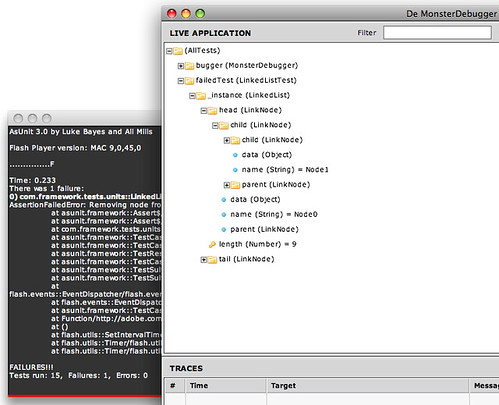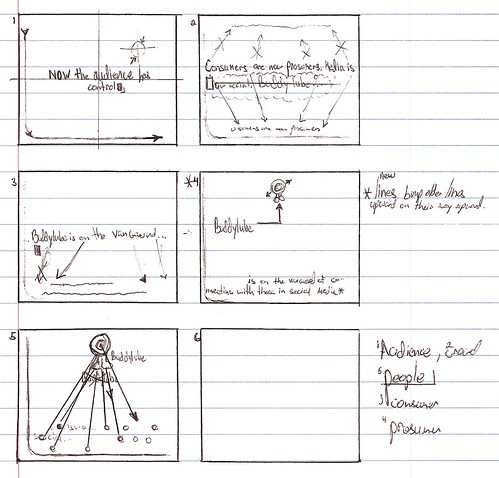- The fact that the business this site will serve is in a medical field (which will probably mean very stringent stipulations on how certain kinds of information are handled) may require I ensure a lack of liability if certain standards are not met that I've not been made aware of.
- The fact that the design and development of this site may result in patents or copyrights and where the ownership of these properties lie, considering that ideas the client and I have had previous to this project somewhat overlap. How will these be managed in the near future? Do competing patents already exist?
- This project may have the potential to generate publicity. I would like to have my name or my business' name in the mix where possible. I also want to make sure I retain the right to exhibit this work in my portfolio.
With all these things in mind, I got to googling and crawling wikipedia for information about intellectual property, software licenses (to possibly govern the use of software created as a result), and points covered in contracts by either software developers or graphic & web designers.
What I found was nothing less than ...perplexing. Apparently software falls under the protection of both copyright (as literature) and patent - definitely some sort of sign from the universe. Legal precedents also differ from state to state, which encouraged the shift of such matters to a national court, but even at that level there are competing bodies with differing opinions on how to manage these types of patents and whether they should even exist.
This makes the existence of other (somewhat) similar patents sting a bit less.
Anyways, here's a quick rundown of information I found pertaining to design work:
- 10 Contracts for your next Agile Software Project - Agile development is a set of methodologies for managing projects, when you get down to it. These can be applied to other fields, so why can't their contracts? Mainly these address payment plans and product cycles.
- Sample Buyer/Service Provider Agreement Letter - From Elance.
- Good Contract for Web Designers - I really like that this contract breaks down the "additional costs" of all the sometimes unaccounted for tasks that come with but aren't directly related to web design.
- Web Site and Software Contracts - I know nothing about this guy or the quality of his work or representation, but he gives a handy little guide and glossary for dealing with contracts of these natures. :)
- Legalese for Freelancers: Creating a Contract - goodie from the regulars over at FreelanceSwitch. Breaks the process of getting your documents into phases.
Keeping things I read at these sites and others in mind, as well as certain aspects particular to the project, I came up with the following list of bullet points I'd like to cover in my contract (as well as an example of each) -
- Functional definition of project
- Retain the right to use in portfolio
- Payment regardless of use
- Bonuses in penalties as they relate to deadlines
- The providing of documentation (from both parties)
- Ownership/licensing of copyrights and patents
- Procedure for enacting changes to approved designs
- Specific number of included (free) changes
- Shared-risk pricing scheme
- Explicit stating of independent contractor status
- Reimbursement of expenses
- Limited liability (concerning copyrighted materials and medical guidelines)
- Assignment of work - retaining the right to hire other designers
- Reservation of rights - retaining all rights to content not explicitly handled in contract (design sketches, class diagrams, notes, etc)
- Publication - specifying instances when I should be publicly credited with the work, what kinds of uses should be cleared with myself or the client first, etc
...and a couple of others. Once I feel I've enough reliable examples, I'll begin compiling them into one document which I'll then take to a lawyer to review for it's legality and presentation. So far this all looks pretty good to me but I'm sure there's something I'm leaving out, or at the very least that this will be something I'll speak on again in the future.






